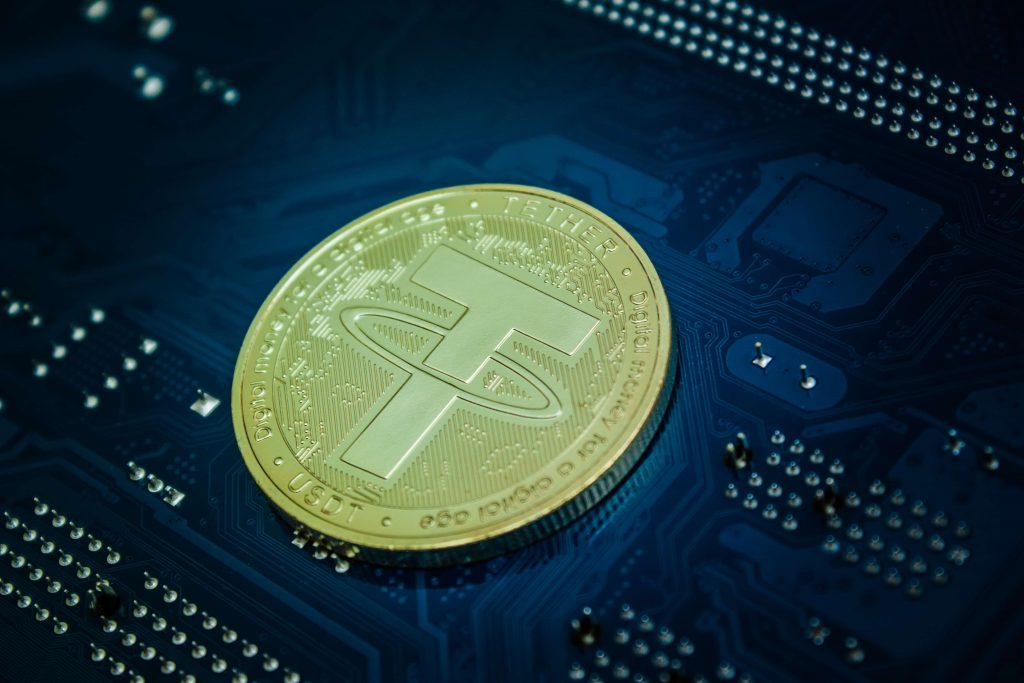
Bitcoin’s price action over the years reflects a journey marked by extreme volatility, rapid growth, and pivotal market events that have shaped the cryptocurrency landscape. FPGA mining is a very efficient and fast way to mine, comparable to GPU mining and drastically outperforming CPU mining. FPGAs typically consume very small amounts of power with relatively high hash ratings, making them more viable and efficient than GPU mining. See Mining Hardware Comparison for FPGA hardware specifications and statistics.
How Much was 1 Bitcoin Worth in 2016?

A year later, in 2011, Field Programmable Gate Arrays (FPGAs) entered the market, undermining GPU devices as they were able to mine twice as fast as the highest grade GPU. However, it really only took around a year to create an even more powerful device than FGPAs. Unfortunately staking has the potential to not be much different than politics. A good example is that it’s easy for a big actor to take bitcoin mining history over the network by simply buying enough coins. This actually happened in 2020 when TRON’s Justin Sun took over the Steem “forum” network and then did some things that made some people unhappy. The US-based exchange Cryptsy declared bankruptcy in January 2016, ostensibly because of a 2014 hacking incident; the court-appointed receiver later alleged that Cryptsy’s CEO had stolen $3.3 million.
Why did Bitcoin Break its All Time High on February 23, 2017?
Mining is conducted by software applications that run on computers or machines designed specifically for mining called Application Specific Integrated Circuits. Queued transactions are entered into the block, the block is closed, and the blockchain creates the hash. Each block contains information from the previous blocks, so the blockchain cannot be altered because each block is “chained” to the one before.
BTC Difficulty: 89.47 T
This event served as a reminder of Bitcoin’s finite supply and the increasing scarcity of mining rewards, further emphasizing the need for efficiency and innovation in the industry. In 2019, the introduction of the Lightning Network, a layer 2 solution for Bitcoin, added a new dimension to the mining landscape. While the Lightning Network primarily aimed to improve the transaction throughput and scalability of the Bitcoin network, it also introduced a new incentive model for miners. By participating in the Lightning Network, miners could earn additional fees from routing transactions, supplementing their income from traditional mining rewards[21]. While cloud mining presented a more accessible entry point for aspiring miners, it also raised concerns about potential fraud and the lack of transparency in some cloud mining operations[11]. The years between 2009 and 2015 were a period of unprecedented growth and change in the world of Bitcoin mining.
Bitcoin Difficulty Increase

In order to help smaller-scale miners compete, some groups have formed, known as mining pools. These arrangements allow users to join up their computing power and then share any rewards they take home, minus a fee. In 2009 the first bitcoin miners used standard multi-core CPUs to produce BTC at a rate of 50 per block. If you had a couple computers lying around with decent specs you could have earned about five dollars a day. The difficulty of mining (amount of computing power necessary) was so low then it was worth it for hobbyists and crypto nerds to participate. Today, most of the Bitcoin mining network’s hashing power is almost entirely made up of ASIC machine mining farms and pooled individual miners.
Most pools use a payout system based on how much work you contribute. Mining pools are operated by third parties and coordinate groups of miners. By working together in a pool and sharing the payouts among all participants, miners have a better chance of being rewarded than they have working alone. If you want to estimate how much bitcoin you could mine with your rig’s hash rate, the mining pool NiceHash offers a helpful calculator on its website. Bitcoin was introduced in 2008 by an anonymous person or group using the pseudonym Satoshi Nakamoto. The first Bitcoin transaction occurred in 2009, and the cryptocurrency gained popularity over the following years.
Cryptocurrency factory. A new trend
- This reward is scheduled to halve again in 2028, continuing Bitcoin’s deflationary model.
- Many believe that Cyprus’s financial crisis(4) helped create new demand for bitcoins.
- If you decide to begin mining, you’ll need to look out for mining scams before picking the software, tools, or networks you need to begin.
- This timing, called the block time is enforced by the Bitcoin mining difficulty value, which is adjusted upwards or downwards during each block difficulty retarget to keep blocks being solved at a constant time frame.
- With ASIC Jungle, buying and selling ASIC miners has never been easier.
- Bitcoin generates more academic interest year after year; the number of Google Scholar articles published mentioning bitcoin grew from 83 in 2009, to 424 in 2012, and 3580 in 2016.


